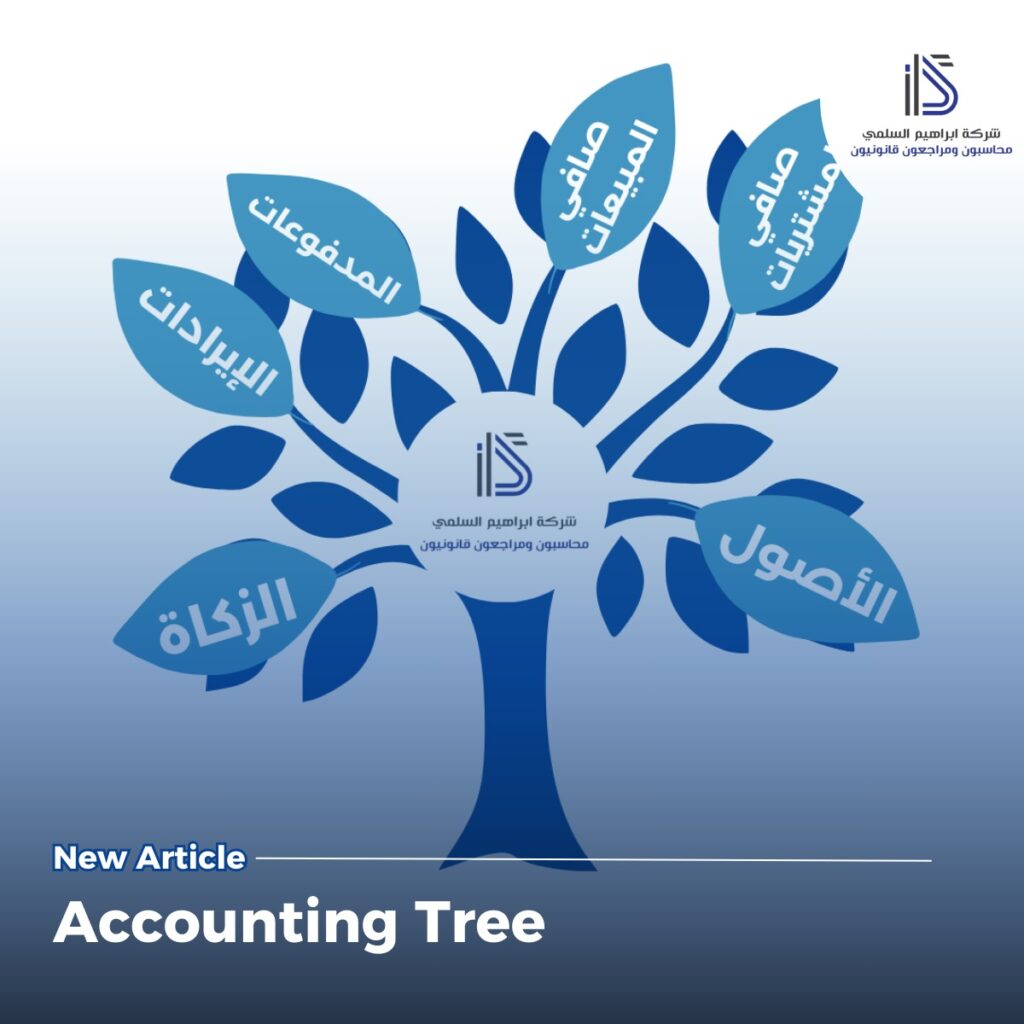Creating a Chart of Accounts for Companies and Its Importance in Financial Organization
The chart of accounts (or account directory) is one of the essential tools for organizing financial information within companies. It acts as a detailed map of the financial account structure and is an integral part of any organization’s accounting system. A well-structured chart of accounts helps classify accounts and record financial transactions in an organized and comprehensive manner. In this article, we will explore the concept of the chart of accounts for companies, its importance, components, and how to prepare it for easier understanding.
What is a Chart of Accounts for Companies?
A chart of accounts for companies is a hierarchical system for organizing all financial accounts of a company or entity. This system is used to categorize accounts into specific groups, starting from main accounts and ending with subsidiary accounts. As a result, the chart of accounts helps segment and classify financial data in a way that allows the company to monitor and manage its resources efficiently. Consequently, it serves as the foundation for any financial report the company needs to prepare.
Importance of the Chart of Accounts for Companies
- Organizing Financial Information in Companies:
The chart of accounts consolidates all financial accounts into one system, which makes it easier to access and simplify financial information. Therefore, this structure enhances overall efficiency. - Classification and Analysis in Company Accounting:
Accounts are logically arranged, allowing for comprehensive and organized financial performance analysis. Thus, management can identify trends and insights effectively. - Accuracy and Efficiency Control in Financial Transactions:
A clear chart of accounts for companies improves the accuracy of financial transaction recording and enhances accounting operations efficiency. Hence, it reduces errors and streamlines processes. - Basis for Financial Reporting in Companies:
The chart of accounts provides a strong database for preparing various financial statements such as the income statement, balance sheet, and management financial reports. Additionally, it ensures the integrity of financial data.
Components of the Chart of Accounts for Companies
- Main Accounts in Company Accounting:
The chart of accounts consists of five primary accounts, which are fundamental to the accounting system:- Assets in Company Accounting: Includes the company’s owned resources, such as cash, properties, and equipment.
- Liabilities in Company Financials: Represents the company’s financial obligations, such as loans and accounts payable.
- Equity in Company Financials: Relates to the owners’ rights in the company, including capital and retained earnings.
- Revenues in the Chart of Accounts: Encompasses all income generated from company sales or other activities.
- Expenses in Company Accounting: Includes all costs incurred by the company for operations and other expenditures.
- Sub-Accounts for Detailed Financial Reporting:
Sub-accounts provide more detailed divisions of the main accounts, such as dividing assets into current and non-current assets or splitting revenues into sales and other income. As a result, this breakdown supports more precise reporting. - Auxiliary Accounts for Financial Transparency:
Auxiliary accounts record the specific details of sub-accounts, such as individual customer and supplier accounts. Hence, the company can track financial activities at a granular level.
Example of a Simplified Chart of Accounts for Companies
Assets in Company Accounting
- Current Assets for Companies
- Cash in Company Financials
- Cash in Banks
- Cash on Hand
- Accounts Receivable
- Inventory
- Cash in Company Financials
- Non-Current Assets in Companies
- Property, Plant, and Equipment
- Intangible Assets
- Investments
Liabilities in Company Financials
- Current Liabilities for Companies
- Accounts Payable
- Long-Term Liabilities in Company Accounts
Equity in Company Accounting
- Capital in Company Financials
- Retained Earnings in Companies
Revenues in Company Financials
- Sales in Company Accounting
- Other Income for Companies
Expenses in Company Financials
- Operating Costs in Companies
- Other Expenses in Company Financials
Supporting Managerial Decisions with the Chart of Accounts for Companies
The chart of accounts is a vital tool in the accounting system, enabling management to make accurate financial decisions by facilitating access to organized and comprehensive information. Furthermore, it simplifies audit processes, helping maintain accurate financial records and continuously improving company performance. Consequently, management can adjust strategies based on real-time insights.
Practical Example of an Account Structure for Companies
Assets in Company Accounting
- 11 – Current Assets for Companies
- 111 – Cash in Hand and at Banks
- 11101 – Bank Cash for Companies
- 111011 – Bank (Account No. …)
- 111012 – Bank (Account No. …)
- 11102 – Cash on Hand in Companies
- 111021 – Riyadh Branch Cash
- 111022 – Dammam Branch Cash
- 111023 – Jeddah Branch Cash
- 11101 – Bank Cash for Companies
- 111 – Cash in Hand and at Banks
Conclusion on the Chart of Accounts for Companies
The chart of accounts for companies is the backbone of the accounting system in any organization, consolidating all accounts in one place and aiding in the organization and classification of financial data. Consequently, this structure facilitates the preparation of various financial reports, allowing management to make decisions based on accurate information. By utilizing a well-organized chart of accounts for companies, a company can analyze its financial performance, ensure compliance with accounting standards, and improve the overall efficiency of the financial system.
Chart of accounts templates
https://drive.google.com/drive/folders/1wRJcK_qC1tDxKAD7ZBH1C9f6fsiVy2Xg
Link to the Excel accounting program
https://docs.google.com/spreadsheets/d/15UOWDz_u9Rbbvk4fzE5HktObcZwZfomf/edit?gid=683068368#gid=683068368
Al-Sulmi Office provides comprehensive accounting and financial solutions tailored to meet the diverse needs of our clients. Our team of qualified experts offers specialized services in accounting, auditing, bookkeeping, internal auditing, financial statement preparation, and reporting, as well as the preparation of Zakat, tax, and VAT reports. We are your trusted partners on the path to financial success. Contact us now to benefit from our expertise.

